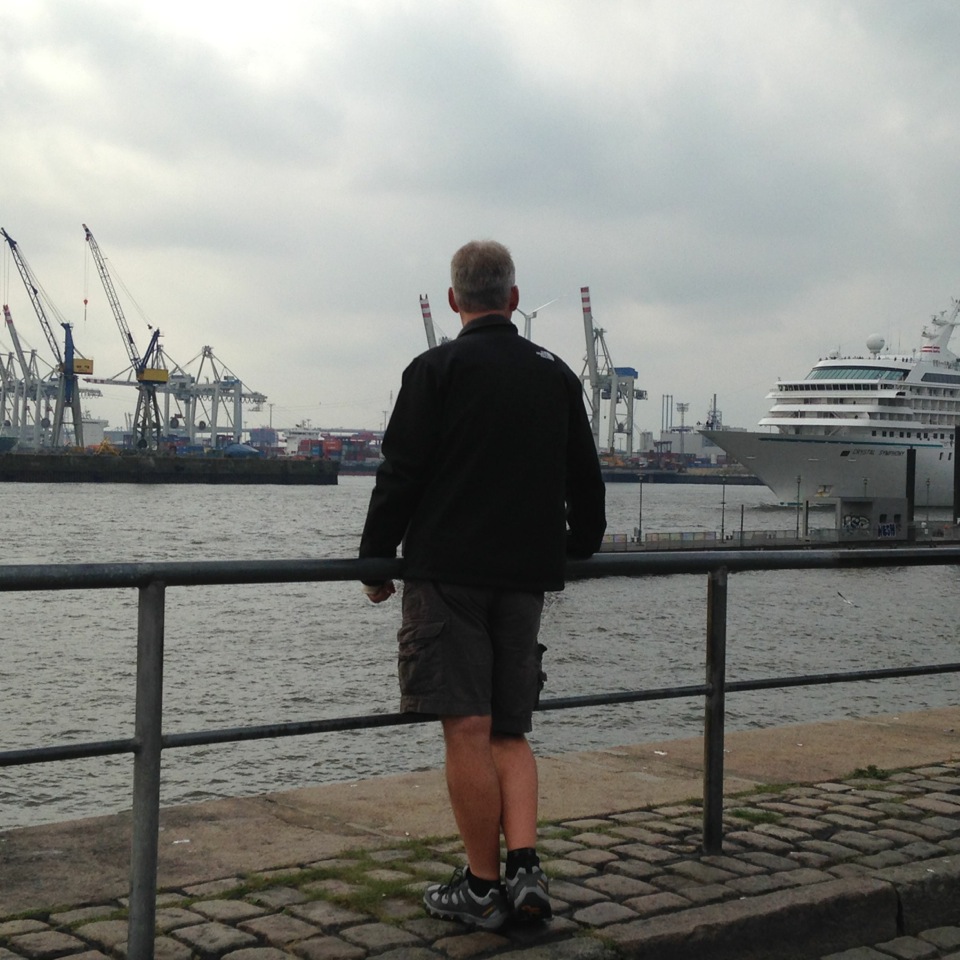The day before SMM opened in Hamburg earlier this month, I had a chance to visit the city’s massive port, one of the largest in Europe. The port, located on the Elbe River about 71 miles from the North Sea, encompasses 29 square miles, about 12% of Hamburg’s total surface area.
I’ve been to many ports, but this one, the second biggest container port in Europe and the 11th largest in the world, is truly impressive.
Here’s some quick history, facts and figures on the port:
- In 1913 Hamburg had about a million residents and the port was arguably the most important on the Continent. At the time, it was the third largest in the world after London and New York.
- The port had to be rebuilt after World War II, when the Allies destroyed 80% of it. The rebuilding of the port was quick since Hamburg’s economy has always depended on the port.
- By 1953, the city had already invested 115 million Euros in the port, and by 1955, the port’s annual cargo handling volume had reached pre-war levels.
- 1967 marked the beginning of the port’s container era. Today around 70% of the total cargo handled at the port is shipped in standard 20' containers (TEUs). The port had a volume of about 9.25 million TEUs in 2013, moving through its four large container terminals capable of high-performance handling.
- The port has a total of 320 berths. It also has two cruise terminals with three berths.
Every two years while in Hamburg for SMM, I always take the time to check out the port. It never ceases to amaze me. Auf wiedersehen Hamburg!





